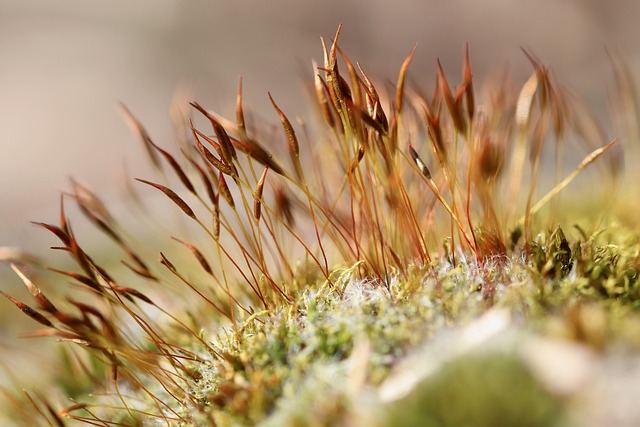Melting Moss: A Sign of Climate Change in Our Environment
As we venture into the heart of nature, we often find ourselves captivated by the vibrant greens of moss that blanket the forest floors and rocky surfaces. This humble plant, often regarded as a mere backdrop in the grandeur of our ecosystems, holds secrets that resonate deeply with the pressing issues of climate change. The melting moss, a phenomenon that has gained attention in recent years, serves as a poignant symbol of the fragility of our environment and the urgent need for awareness and action.
Mosses, with their delicate structures and unique ability to thrive in various climates, play a vital role in our ecosystems. They contribute to soil health, maintain moisture levels, and provide habitat for countless organisms. However, as climate change accelerates, these resilient green patches are beginning to show signs of distress. Rising temperatures and shifting weather patterns are transforming their habitats, causing some species to struggle, while others might not survive at all.
The melting moss phenomenon signifies more than just the decline of a small plant; it serves as a harbinger of the broader impacts of climate change. The loss of moss is indicative of changing ecosystems, where once-stable environments are now under threat. This shift can disrupt not only the delicate balance of flora but also the fauna that depend on moss for survival. Animals like amphibians, which often rely on moist environments created by moss, face increasing challenges as their habitats diminish.
Every patch of melting moss tells a story—a story of moisture loss, rising temperatures, and shifting climate zones. As we witness these changes, we must recognize that the plight of moss reflects our own challenges in addressing climate change. The warming climate has led to severe weather events, droughts, and prolonged heatwaves, all of which exacerbate the struggles of these seemingly insignificant plants.
On a broader scale, the melting of moss signifies the changes we are all experiencing in the natural world. It serves as an emotional touchpoint for those who find peace and solace in nature. The serene beauty of a moss-covered forest can evoke feelings of tranquility and connection. As we realize that this beauty is at risk, it prompts us to reflect on our relationship with the environment. We must confront the reality that the changes we see in moss are a call to action—a reminder of the interconnectedness of all living things and the urgent need to protect our planet.
In our response to climate change, we have the opportunity to embrace a more sustainable lifestyle. Each small action we take, whether it’s conserving water, reducing waste, or supporting local ecosystems, contributes to a larger movement towards healing our planet. The movements to protect our environment must be fueled by empathy and understanding—the very emotions that watching moss thrive can inspire in us.
The plight of melting moss is not just a story about a plant; it is a reflection of the journey we are all on together. As stewards of the Earth, we must advocate for policies and practices that sustain our environment and restore balance. It is in the preservation of moss, in its vibrant green colors and the ecosystems it supports, that we find hope for our changing climate. Each step we take towards understanding and mitigating climate change fuels the resilience we need to confront the challenges ahead.



